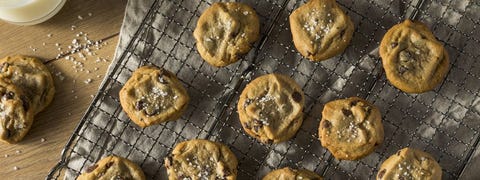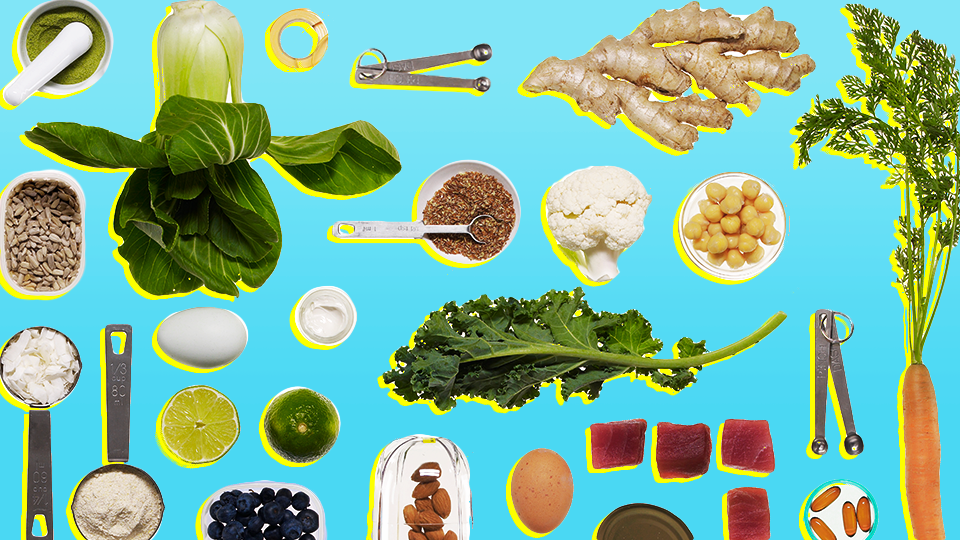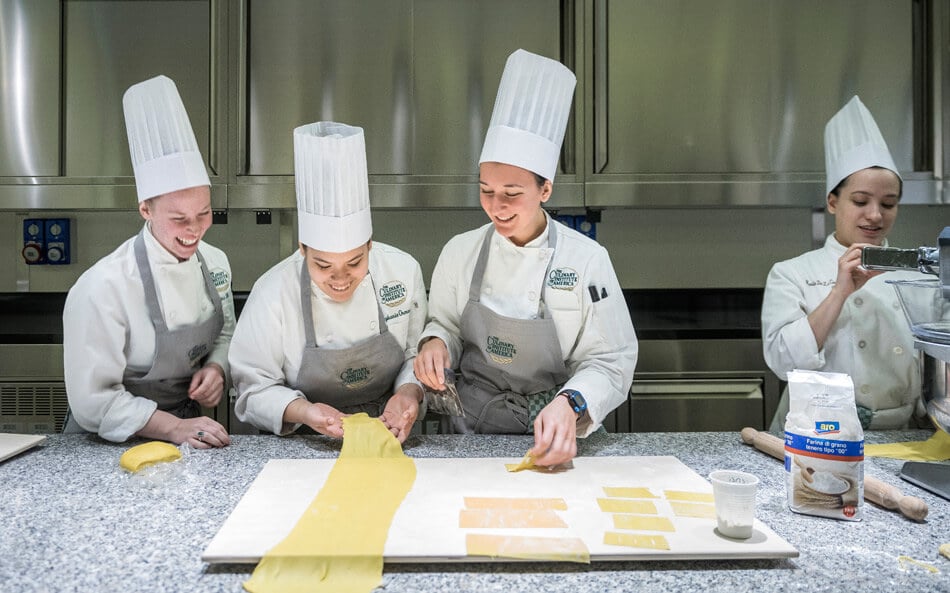
You should be able to create a simple, yet effective, cooking skills checklist for your kids. These skills cover everything from creating creative recipes to making sure the kitchen is safe. These skills are vital for your child's development. Here are some tips. Here's a sample checklist:
List of essential culinary skills
An aspiring chef should not only have a culinary degree but also know how to properly prepare food. These skills include the ability to identify freshness, prepare meats, fruit, and vegetables, as well as convert standard recipes into larger batches. A chef must be proficient in time management, as well as a keen sense of smell and taste. He or she must also be able and competent to handle knives, food equipment, and other tools.
Sauteing is an adaptable cooking method that can be used for many different ingredients. The best way to enjoy sauteed vegetables is with garlic butter. Braising is one of the oldest methods of cooking. It involves boiling on a fire. Although it is quite basic, it is extremely useful. A good cook is someone who can boil a food. It is important to be able to use a knife safely.
Developing creative recipes
Creative recipes are key to success in cooking. These creative recipes are not only a showcase of your creativity but also a showcase of your skills. Divergent thinking, or creative thinking, allows you think outside of the box to generate new ideas. This skill is important for a culinary career because it allows one to experiment with new cooking techniques and flavors, and impress his customers. With a creative mind, you can also try new flavors to impress your employer. You can experiment with different flavors and come up creative themes for your meals. For creativity to flourish, you can brainstorm and research different cooking techniques.

Another problem with defining cooking skills is that they are not consistent. While they disagree about which one is most important, the authors agree that the definition of the skill needs to change. They suggest that the definitions should evolve from the perceived "Golden Age", when cooking skills went beyond basic food preparation. We must encourage the development of these skills and their continued use to ensure a vibrant and healthy future for food.
Safe cooking in the kitchen
For the safety of your staff, it is important to create a safe space in a commercial kitchen. A commercial kitchen can pose a danger to your staff because of the presence of bacteria and electrical equipment. Developing a plan for the kitchen's cleanliness and adopting safety equipment are important first steps. It is important to ensure children are not left unattended in the kitchen. A safety plan and proper training can help to prevent accidents.
All kitchen staff must be trained in fire-safety and fire-resistance. Fire-safety training is available through local fire authorities. Kitchen staff should know where fire blankets and fire extinguishers are, how to operate them, and how to manually initiate the fire-suppression system. As needed, employees should be trained in CPR and emergency first aid. Kitchens should be equipped with non-slip flooring or mats whenever possible.
How to identify food safety hazards
It is essential to identify potential food safety hazards when you prepare meals for your family, or for catering special events. Food safety starts with identifying potential hazards. It can prevent product recalls and food poisoning outbreaks. Failure to do this can result in regulatory action and brand damage. Codex HACCP compliance by food businesses is critical. It is essential that you identify hazards.

There are many potential physical hazards that can inflict injury on humans. They can either be natural or manufactured and can also come from packaging or individuals. Different physical hazards may cause different degrees of injury or disease. These hazards don't have to be necessarily dangerous. They just need to be eliminated. To identify potential hazards and to determine how to reduce them, it is important that you identify the source of the problem. You can also look for the source of the risk by observing the product.
FAQ
What's the difference between a professional chef and an amateur cook?
A chef prepares food to be served to others. A cook prepares food for himself or herself. While both jobs involve preparing food, a chef works directly with customers. This means that they may have to decide what dishes to prepare for their customers based on their preferences. The cook does not have to interact directly with customers. Instead, they ensure that the food tastes delicious before they serve it to others.
How much does it cost to study Culinary Arts?
Prices for studying culinary arts vary widely. For example, a four-year degree typically costs around $40,000. A two year associate's degree might cost less than $5,000. The type of program you choose will determine the tuition rates. Private institutions charge higher prices than public ones.
Can I cook with my family?
Yes! Kids love to help in the kitchen. It's a fun activity that teaches them responsibility and teamwork. Children can help in everything, from washing vegetables and cutting onions. They will enjoy helping you to cook if your children are safe with knives.
How do you store leftovers best?
Tupperware containers work well for leftovers. These containers preserve food freshness and stop odors from developing. They keep foods warmer for longer. Frozen leftovers can be kept in freezer bags. Place food in another freezer bag to prevent air escape when freezing. After the food is frozen, place it in a sealed container like a ziplock bag.
Is there any special equipment that is required to cook?
You don't require any special equipment to learn how to cook. However, having the right tools can make cooking easier. A knife can be used instead of a fork when making pasta, or a whisk could be used to whip up stiff egg whites. The right tools make cooking easier and faster.
Statistics
- You'll be amazed that over 90% of CIA students receive scholarships and grants to finish their culinary studies. (ischoolconnect.com)
- In the United States, the category is estimated at $23.2 billion annually and is growing faster than the market. (washingtonpost.com)
- The median pay for a chef or head cook is $53,380 per year or $25.66/hour, according to the U.S. Bureau of Labor Statistics (BLS). (learnhowtobecome.org)
External Links
How To
How to make Apple Pie
There are several steps to making apple pie. First, wash the apples. Next, peel them and then cut them into small chunks. Then you add sugar, cinnamon, cloves, and lemon juice. Mix all the ingredients and bake it at 350 degrees Fahrenheit (for 15 minutes). After 15 minutes, take the apple mixture off the oven. Let it cool, then add cream. You can then sprinkle powdered sugar over the top and serve it.